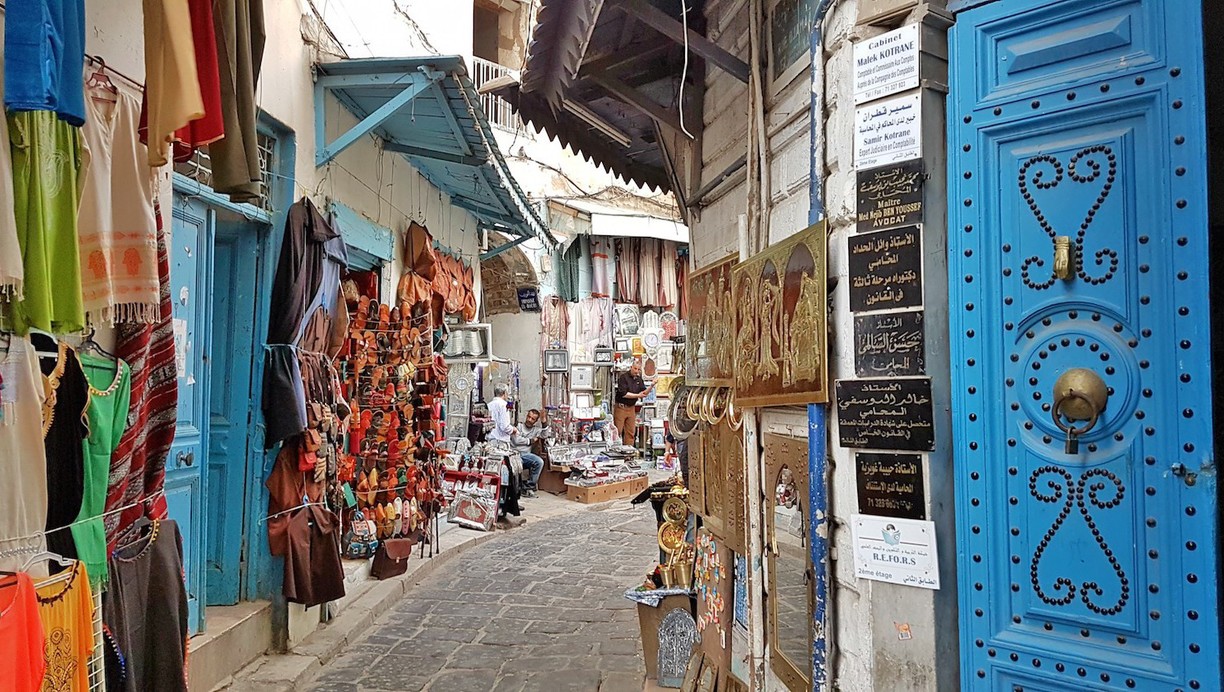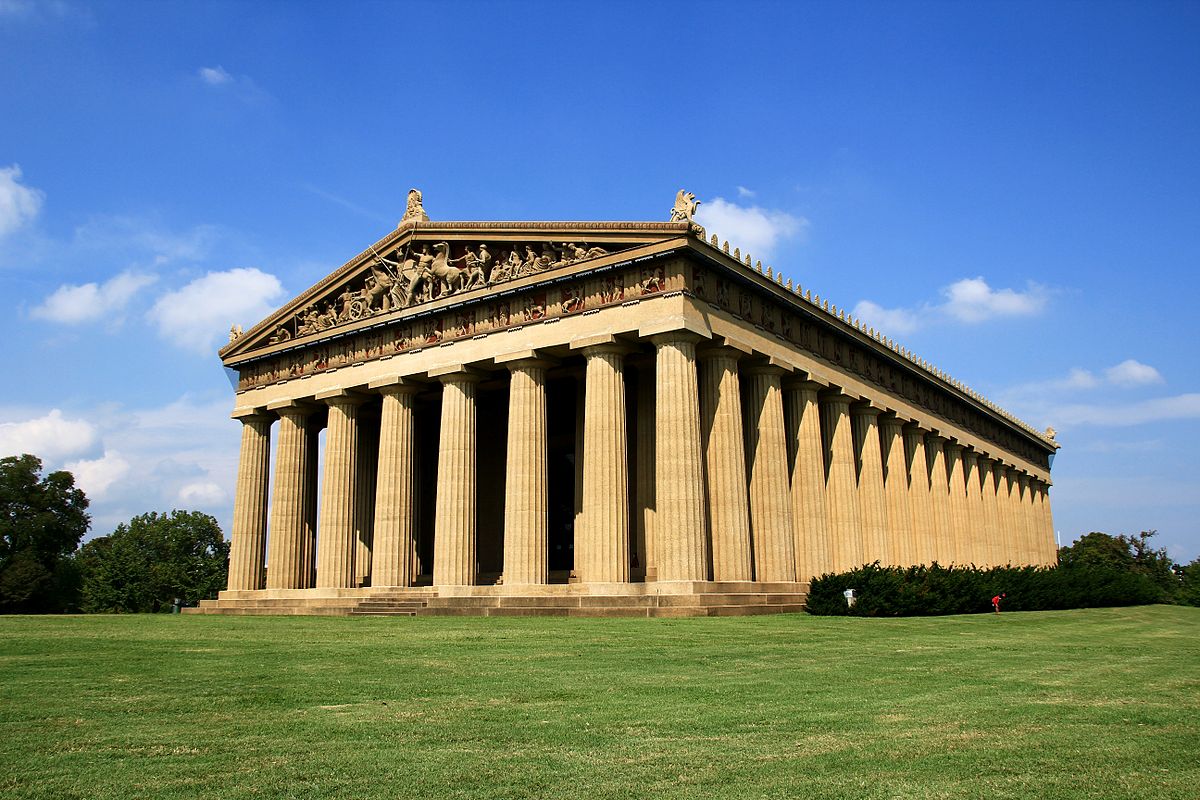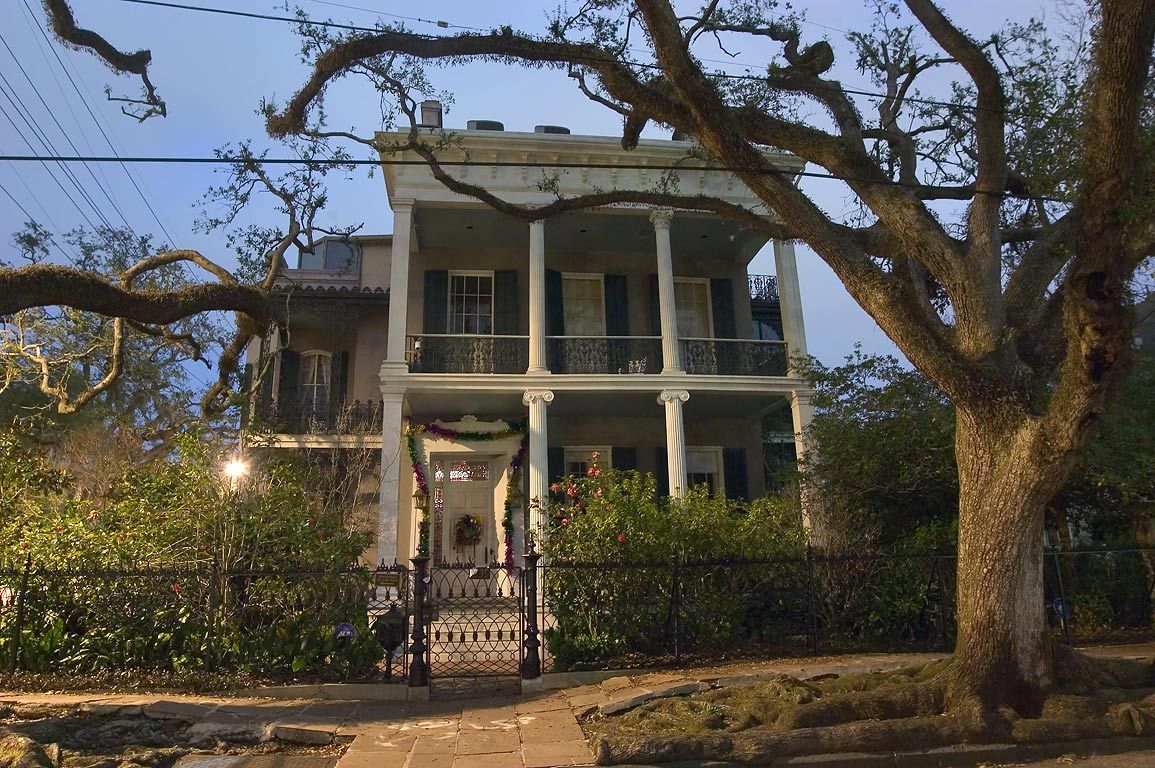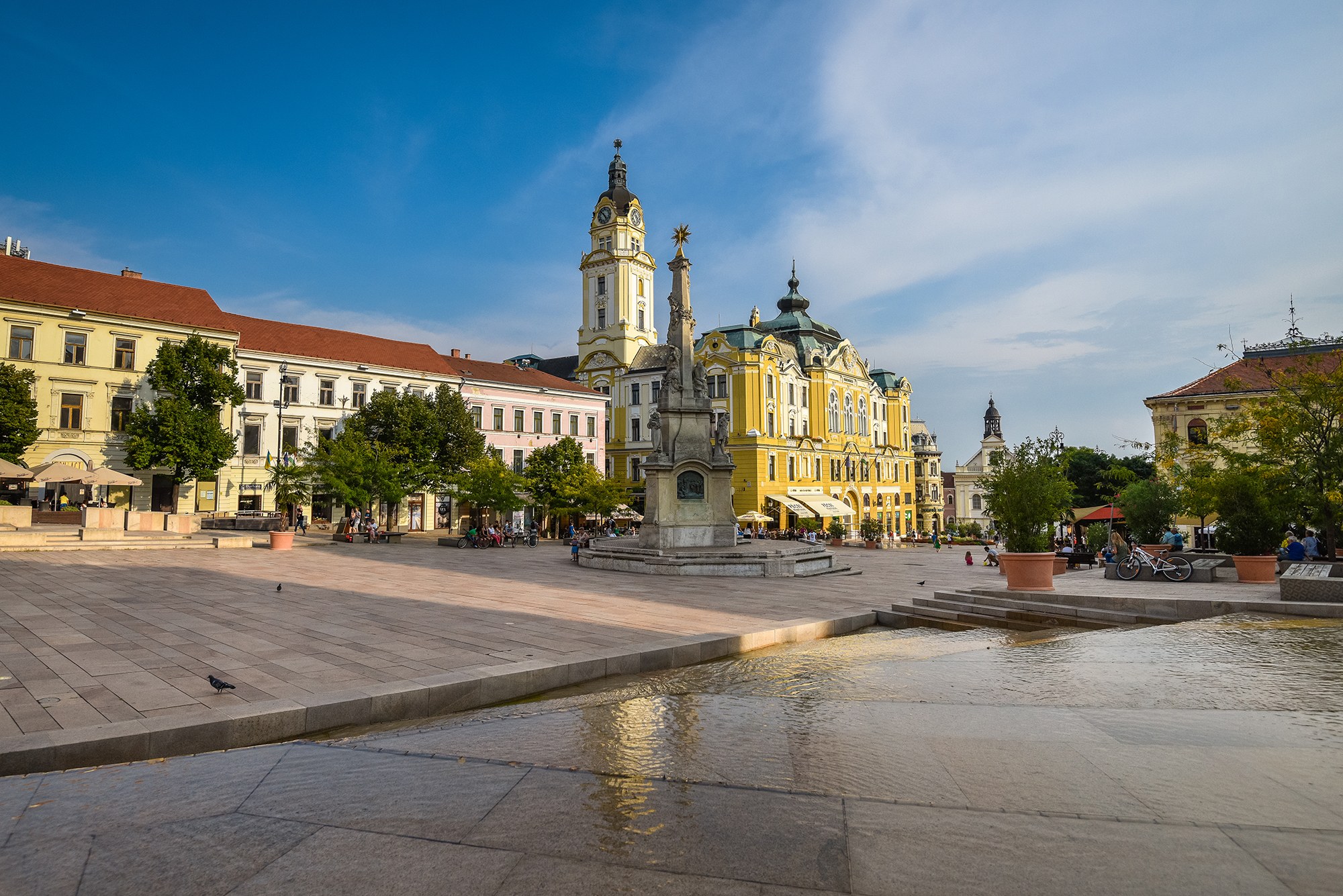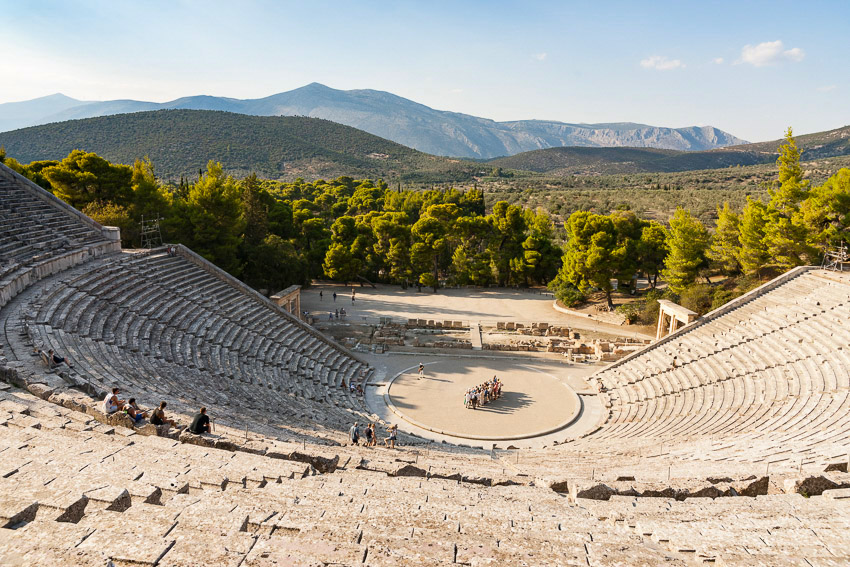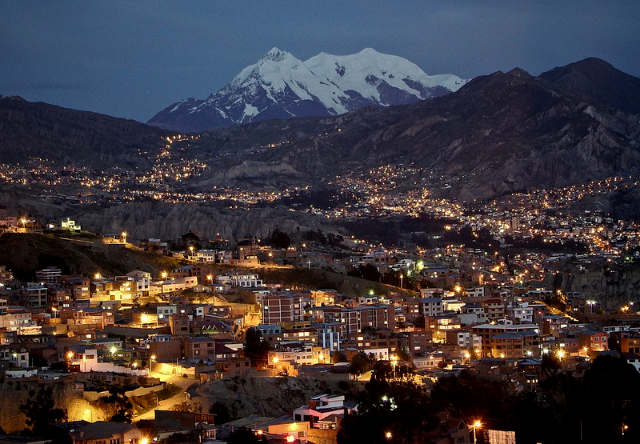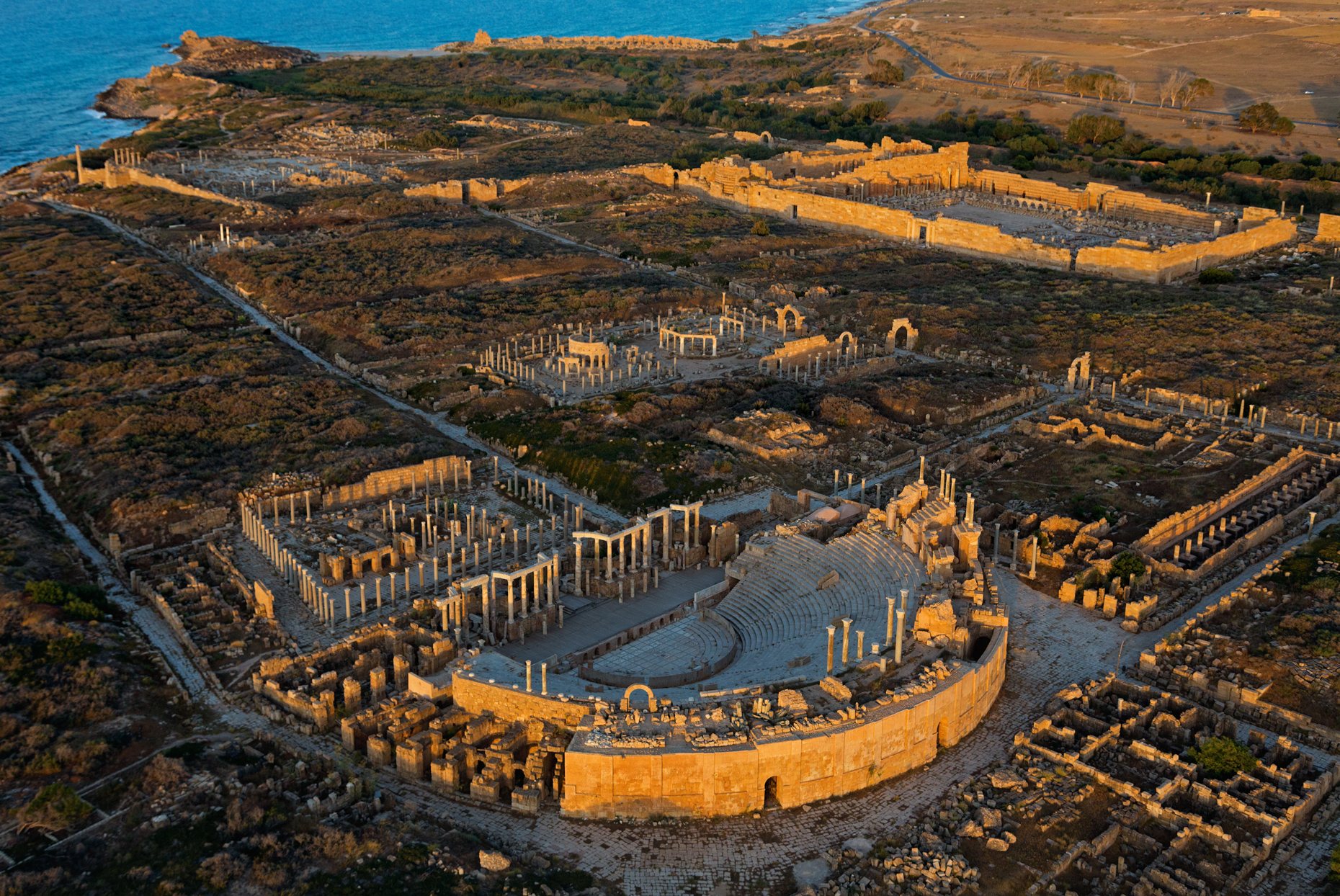The Tunis Medina (Old Town) is a fascinating place to learn more about this north African city, which is the capital of Tunisia. The 9th century Medina was originally surrounded by walls. Today the walls are gone, but the area is filled with narrow streets, souks, mosques, and historic structures. The Tunis Medina became a UNESCO World Heritage Site in 1979 and has over 700 monuments dating back to the Almohad and the Hafsid periods of Tunisian history.The medina’s architecture is ideal for the local climate, with narrow streets that are cool in summer and warm in winter. As space within the medina’s original walls ran out, residents built upwards, constructing vaults and rooms above the streets. (Vaults had to be built high enough to accommodate a loaded camel.) This gives the central lanes a subterranean feel, with shafts of sunlight filtering through.
In the 19th century, the French developed the Ville Nouvelle (now Centre Ville), shifting the city’s centre of power. The city’s great families began to leave their ancestral homes for suburban seaside pads, and the medina declined, housing rural people newly settling in the capital. Zaouias (the complexes surrounding the tombs of saints) and palaces were converted to cope with the new arrivals.
